I am currently looking for a high side current sense IC. I have noticed that most of them that are without galvanic separation, are using an op amp with bjt transistor like in bellow schematics:
The datasheet of TSC101 describes more or less how to calculate the output current, but I would like to understand what exacly is happening in here and why is it this exact circuit always used for high side current sensing. I just mean the 1st opamp with bjt transistor config. I get the voltage follower part. If I were to build this from semidiscrete elements, can the op amp be powered from voltage ie. 5V and sense current on a lot higher potential with this circuitry? I would apreciate all help and explanation.

